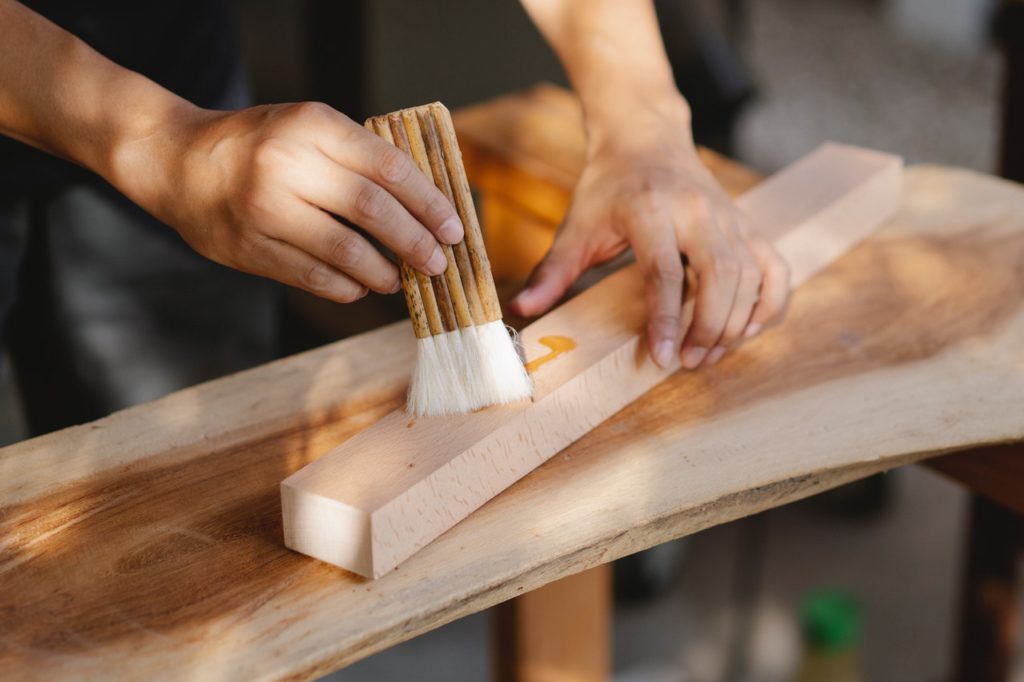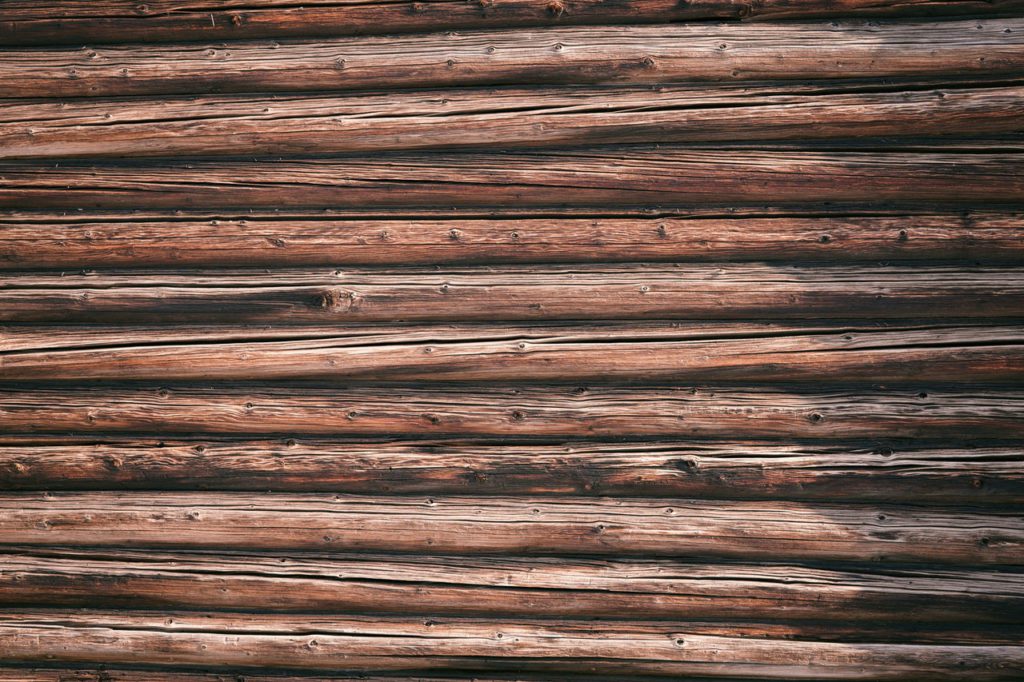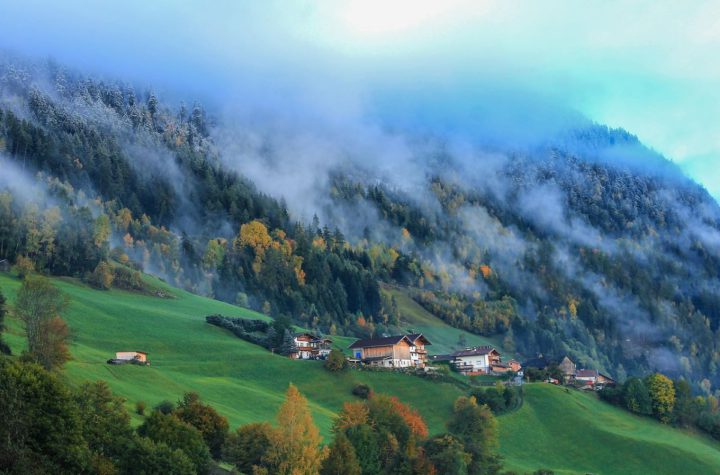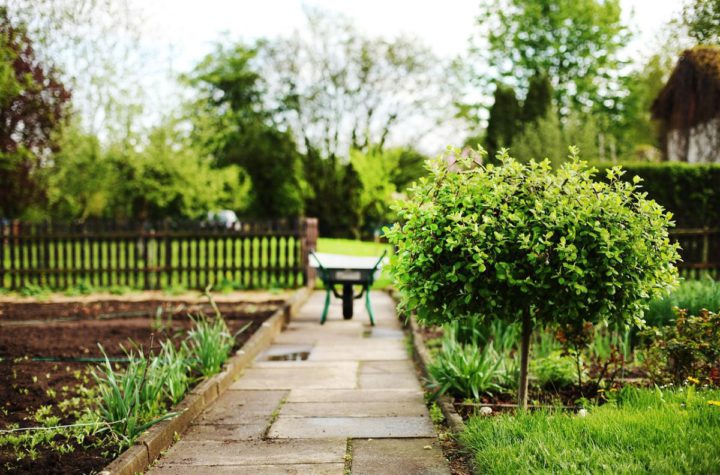
A wood stain is a type of paint that not only allows you to perfectly cover and pigment your wood but also give protection to avoid damages from different factors. Stains can be either thick or thin or can provide protection against UV rays. This article will give you the ideas to choose between oil-based stains or water-based stains.
In some cases, it is necessary to condition the wood before applying a water-based product in order to prevent grain absorption of the stained wood. Oil-based products do not penetrate the wood well enough to perform the conditioning required for pickling varieties. This means that you should not add oil-based wood stains unless you have a water-based alternative.
Sanding of the wood surface before applying stain helps the wood to accept dye more easily. Oil-based wood stains and linseed oil-based blends such as linseed varnish give woodworkers plenty of time to wipe off and dry any excess stains. During painting, the stain is brushed onto the wood and allowed to dry, then any excess oil stains are wiped and wiped off before the finish is applied to the chips and shells.
Water-based stains do not contain oil and are therefore recommended for cedar, sequoia, cypress and other woods that are resistant to rot due to their natural oils. Intergrain water based stain is the best suited to water-based surfaces because they do not adhere as well as oil-based stains, and can be left to dry for a week. They dry quickly and increase the grain of the wood, making them more difficult to use than oil-based species.

Oil and water-based pickles offer different degrees of protection and cover depending on the type of wood, previous wood treatment and weather conditions. In most cases, we prefer water-based staining for softwoods such as cedars, pines and cypresses, and oil-based finishes for harder woods such as teak and shore. For large wood finishing projects, oil stains are best because they take longer to dry.
This tends to make them more environmentally friendly to use, but the real difference between the two pickling types is how quickly they dry on wood. Oil stains are recommended for wood exposed to harsh conditions, such as fences, decks, docks, pergolas and other outdoor structures and surfaces. Most stains contain pigments that protect against UV damage, but some stains can mask the wood grain.
Oil and water stains alter the appearance of the wood by binding pigments or dyes to the wood surface. Differences between oil and water stains include drying time, colour, smell and ease of cleaning. Oil-based wood stains catch water when applied and cause rot over time.
Many lacquers, water-based gels and paint stains contain only pigments, which is why they are also called pigment stains. Most gel stains are oil-based and are thinner and cleaner than mineral alcohol. One of the biggest advantages of gel stains is that they can be applied to a stripped finish, which makes the application easier.
Intergrain natural stain is used on wood surfaces to protect against moisture damage, as oil releases water and prevents rot. The excellent surface adhesion that oil stains provide helps to resist exfoliation, making them the most durable stain type. Choose an oil stain to be applied to the surface instead of a water stain if you do not need the special properties that other stains offer
What weather the wood is exposed to outdoors plays a role in determining the best spot based on your project. In addition, you must determine whether the durability of an oil wood stain outweighs the associated health risks.
There are many kinds of wood stains and people require to find themselves in a situation where they have to choose between water-based stains and oil-based ones. Follow the tips from this article and you would find a better decision to make.




More Stories
Get Started in Property Investment
The Role of a Home Interior Designer
Enhance Tree Growth with Wire Guards